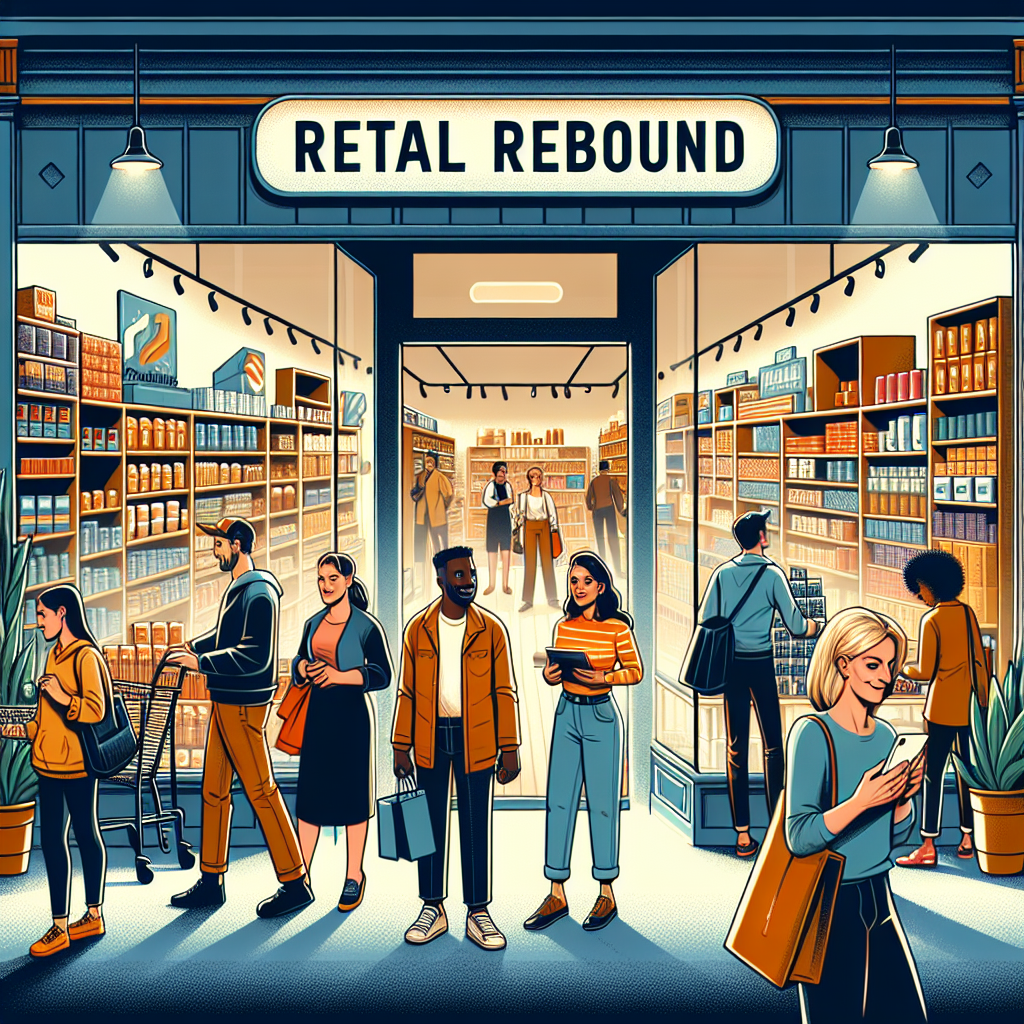The Evolution of Brick-and-Mortar Stores in the Digital Age
The retail industry has undergone a significant transformation in recent years, as the rise of online shopping has posed a formidable challenge to brick-and-mortar stores. However, rather than succumbing to the pressure, many traditional retailers have adapted their strategies to compete with their online counterparts. This article will explore the evolution of brick-and-mortar stores in the digital age and how they have managed to stay relevant in an increasingly online world.
One of the key ways in which brick-and-mortar stores have adapted is by embracing technology. Many retailers have invested in creating a seamless omnichannel experience for their customers, integrating their physical stores with their online platforms. This allows customers to browse and purchase products both in-store and online, providing them with the convenience and flexibility they desire. By leveraging technology, brick-and-mortar stores have been able to bridge the gap between the physical and digital worlds, offering a more personalized and convenient shopping experience.
Another strategy that brick-and-mortar stores have employed is enhancing the in-store experience. Recognizing that they cannot compete with the convenience of online shopping, retailers have focused on creating unique and immersive experiences for their customers. This includes offering personalized services, such as personal shoppers or stylists, as well as hosting events and workshops to engage with their customers on a deeper level. By providing an experience that cannot be replicated online, brick-and-mortar stores are able to differentiate themselves and attract customers who value the tactile and social aspects of shopping.
Furthermore, brick-and-mortar stores have also leveraged their physical presence to their advantage. Many retailers have adopted a showrooming strategy, where they allow customers to try out products in-store before making a purchase online. This not only provides customers with the opportunity to physically interact with the products, but it also allows retailers to showcase their expertise and build trust with their customers. Additionally, some retailers have partnered with online marketplaces, allowing customers to pick up their online purchases in-store. This not only drives foot traffic to the physical stores but also provides an opportunity for retailers to upsell and cross-sell to customers who come in to collect their orders.
In addition to these strategies, brick-and-mortar stores have also recognized the importance of data and analytics in understanding their customers and optimizing their operations. By collecting and analyzing data from both their online and offline channels, retailers can gain valuable insights into customer preferences and behavior. This allows them to tailor their product offerings, marketing campaigns, and store layouts to better meet the needs and desires of their customers. By leveraging data, brick-and-mortar stores can make informed decisions and stay ahead of the competition.
In conclusion, while the rise of online shopping has posed a significant challenge to brick-and-mortar stores, they have not been rendered obsolete. Instead, they have adapted their strategies to compete with online retailers. By embracing technology, enhancing the in-store experience, leveraging their physical presence, and utilizing data and analytics, brick-and-mortar stores have managed to stay relevant in the digital age. While the retail landscape continues to evolve, it is clear that brick-and-mortar stores still have a vital role to play in the retail industry.




